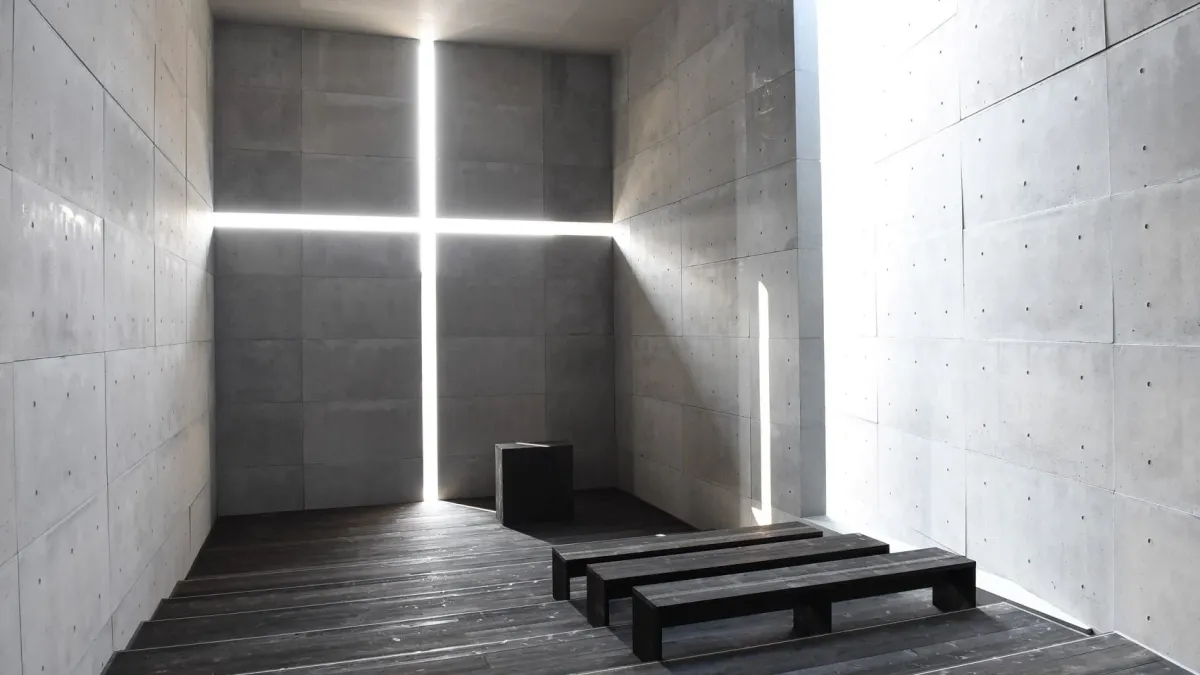
What happens when a building does not speak, but listens? In an age of overstimulation, the quietest spaces can offer the most impact. This article explores how silence is not just the absence of noise in architecture, but a powerful tool for shaping emotional, sensory, and spatial experience.
Silence in architecture is created through design choices that reduce distraction and draw attention to atmosphere. These include the careful use of materials that absorb rather than reflect sound, lighting that avoids glare and promotes calm, and proportions that invite contemplation rather than command attention. Spaces like chapels, memorials, and certain galleries often use these tools not to entertain, but to focus the mind.
Architects like Tadao Ando, Louis Kahn, and Le Corbusier have used silence as a structural and conceptual element. Ando’s use of raw concrete, filtered light, and minimal detailing creates spaces that feel withdrawn yet charged with presence. Kahn’s play of light and shadow, and his use of voids, makes absence feel intentional. Le Corbusier’s Chapel at Ronchamp uses irregular forms and dim interiors to create a sensory environment where silence is not simply heard, but felt.
These buildings are not empty—they are composed. They slow movement, hold the gaze, and reduce visual and acoustic noise to bring clarity. Silence becomes a means of focusing attention, not dulling it. In doing so, these spaces allow for a different kind of engagement: slower, deeper, more internal.
For designers, the lesson is practical. Silence can be designed. It requires restraint, but not simplicity. It requires awareness of what the environment does to perception. Whether in a public building or a private home, spatial silence can reduce cognitive fatigue, support introspection, and elevate the quality of attention.
For users, the message is just as clear: meaningful space does not need to speak loudly. The most lasting impressions often come from spaces that offer not more content, but more clarity.

